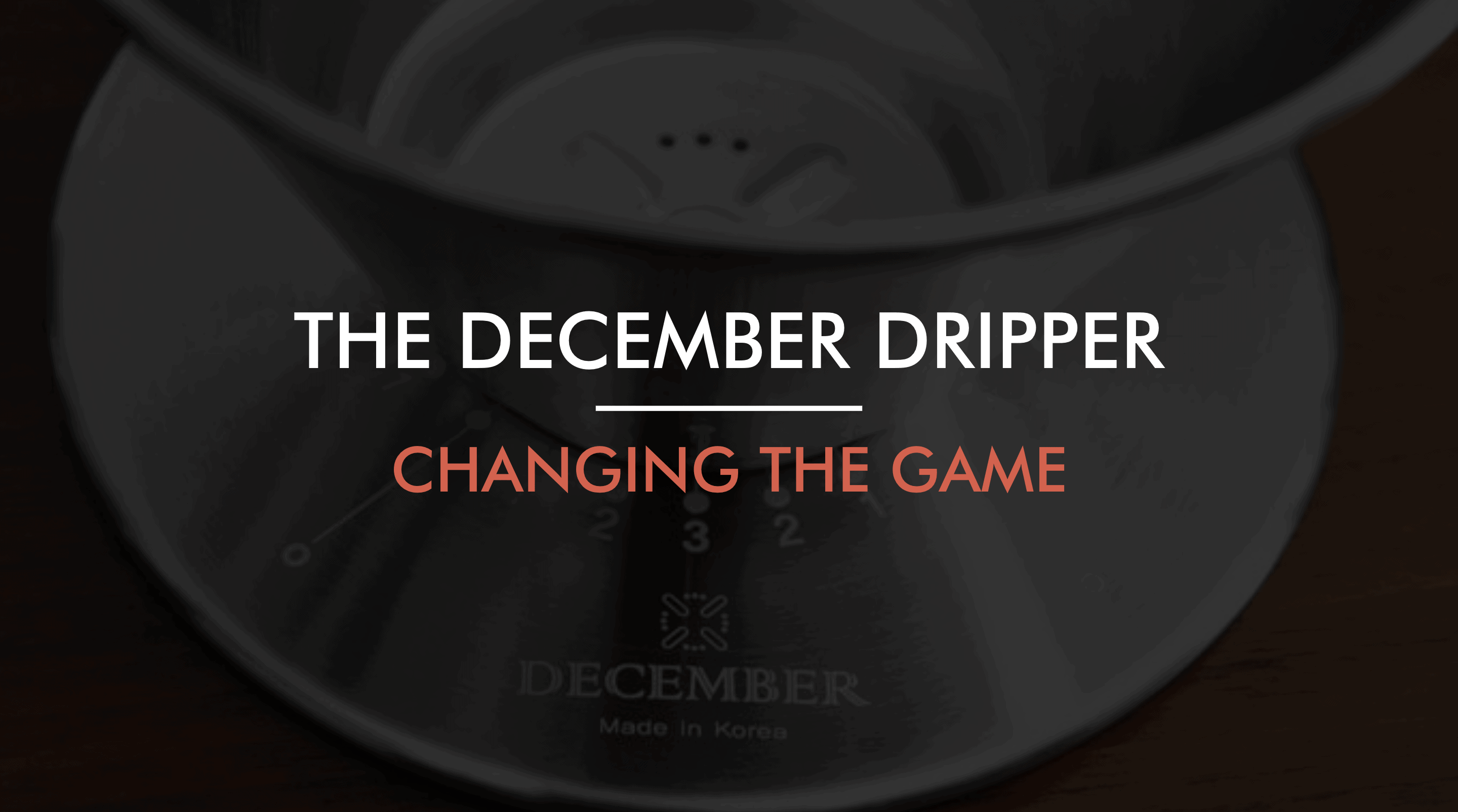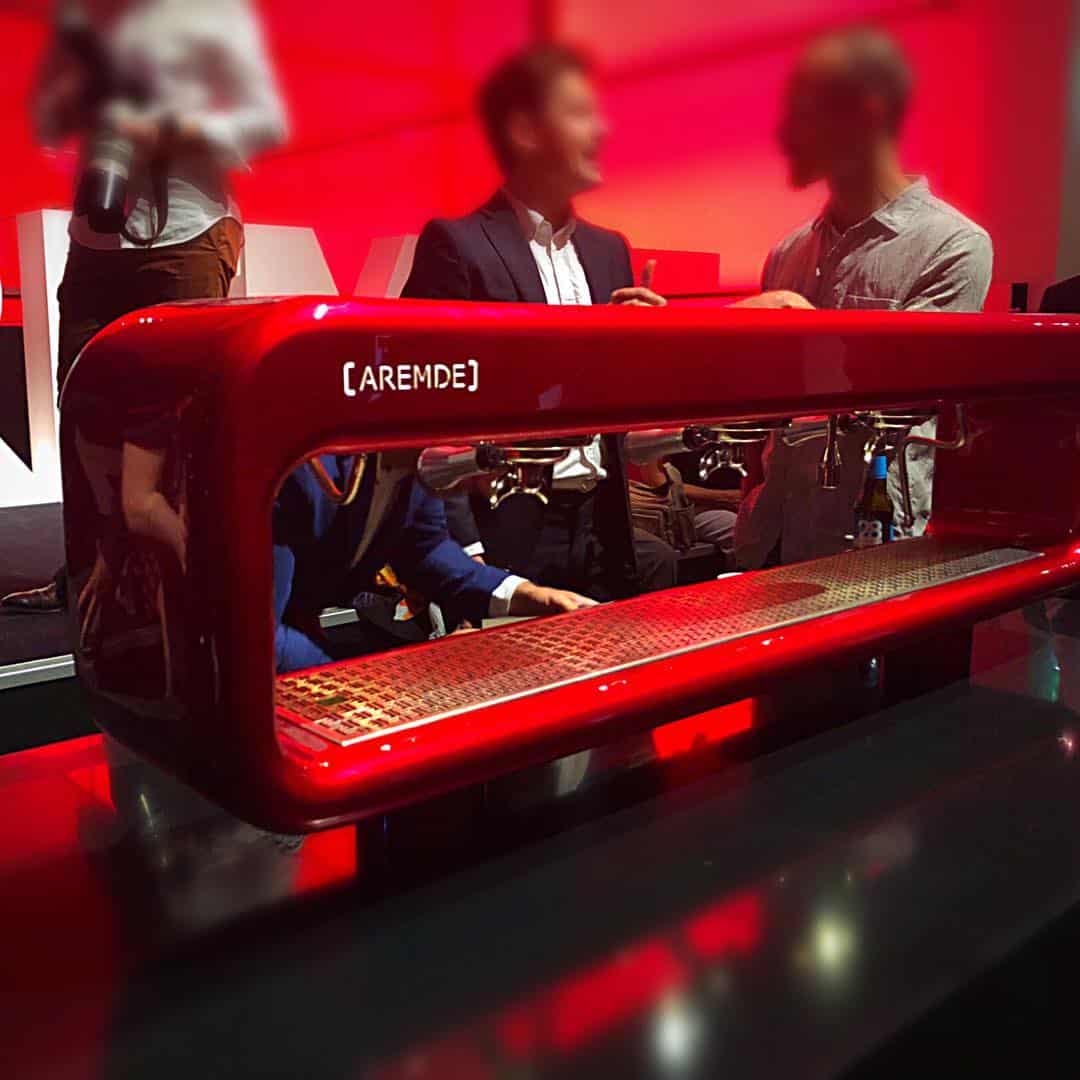Welcome to Part 2 of my 2019 field report for MICE: Melbourne International Coffee Expo. If you’d like to learn more, please read our MICE 2019 field report part 1.
MICE is Australia’s largest annual coffee expo with just over 11,000 people in attendance over three days. There is just about everything coffee on display (although I didn’t see any wild Civets running around and pooing coffee beans. hahaha!)
In the first part of the field report, I took you through the latest commercial espresso machines and the Australian Championship Baristas. This time I’m going to look at some home espresso machines for those who have the budget and want to upgrade.
I’ll also look at the top finalists of the MICE Innovation Award for companies that create new gadgets and push innovation further in the industry.
Home espresso machines (Mid-high price range)

Not a well-known manufacturer when it comes to espresso machines (and bizarrely – or maybe not so – they also manufacture high-quality Ironing equipment.) however the quality is still there if you’re looking for a slightly cheaper alternative to the big brand name manufacturers.
Lelit has a massive range of home barista machines, so there is pretty much something for everyone depending on your budget and which features you need.
Starting with the single boiler “Anna” ~$800AUD which is comparable to the Rancilio Silvia (I rated it a top 3 home machine in 2018). It is a fairly basic looking machine with no frills but a nice classic frame with a small footprint. You will have to extract your coffee and steam your milk separately as the machine isn’t able to do them simultaneously.
They also have a “Combi” version which has a grinder built in and a PID for temperature control and stability for ~$1200AUD. If you want a dual boiler, then you only have to pay another $500 and you get to steam and extract espresso at the same time. You will have to buy a grinder separately though, but I always recommend doing that anyway as it keeps the machine clean of any loose grinds that will eventually build up and potentially damage the internal components.
Overall, I would suggest the Lelit machines for those who want classic Italian looking machines with high quality but don’t have the budget to stretch too far.

Giotto machines are well known for their range of mid-high priced home machines. They make beautiful looking machines which are high in quality and great to have on your benchtop in the kitchen if you wish to feature it. They do cost a bit more than the Lelit’s and a LOT more than the Breville BES920, but if you want something spectacular looking, greater control over your coffee as well as reliability, then these are your guys.
Their base model is a heat exchange machine as opposed to the Lelit, so this means you’ll be able to steam milk and extract coffee simultaneously. However, you will be looking at ~$2500 which is about $700 more than the Lelit dual boiler which lets you do the same.
If you want the dual boiler version of the Giotto, be prepared to pay up to $4400 for that privilege.
Then if you want to get your hands deep into pressure profiling (controlling the flow rate of the water during your extraction), you’ll be looking at $9k+, and at that point, it might be worth your while looking at the next manufacturer below.

This really should be in the High price range category because the cheapest machine, the Linea Mini, is already pushing $5kAUD and the GS3 is going to be $7.5-$9k
However, the La Marzocco home range are such great machines that they deserve consideration if you are already budgeting around the $4k.
The Linea Mini has a dual boiler and a PID temperature control as standard. It has a very small footprint for something that can probably pump out 200 coffees a day and not skip a beat.
The GS3 is more of a statement piece and has the option of fitting a manual pressure profiling paddle for a bit extra. It’s not for the beginner, but if you are interested in precision coffee at home, then nothing quite beats the GS3 for its price.
Innovation awards
Another thing you can do at MICE is enjoy looking at every entry into the Innovation Awards.
There are all sorts of innovations from precision grinders, to milk alternatives and even milk rinsers and water filtration systems.
I personally was hoping for the Aremde Nexus One to take home the gold. However, the judges worked hard to assess every entry fairly, and in the end, these were the winners:
First Place
Energy Bar – BrewBar created the Energy Bar which allows for coffee machines to run without connected mains power for a time period of up to 5 hours. This technology is amazing if you want to have a mobile coffee cart; you’ll be able to run your cart from anywhere effectively. Brewbar has also built an underbar coffee machine so that the only parts that the customer see is the group heads and the steam wands.

Rancilio RS1 won a Second Place Award for best innovation, and this makes me so happy. The first machine I owned was a Rancilio z9 which looked like a piece that had fallen off the failed launch of the Starlab satellite. Regardless of its bizarre shape and colour, the z9 is still, to this day, one of my favourite machines. Before specialty coffee machines, the z9 was creating amazing specialty coffee extractions.
The RS1 is the first of Rancilio machines for the specialty coffee market and has a unique function that hasn’t been seen ever before: Temperature Profiling.
Temp profiling is the ability to adjust the temperature during the extraction process. Pressure Profiling (if you haven’t, it’s the ability to control the pressure of the waterflow during extraction) but no one has ever played with the temperature. The benefit of temp profiling is that you can emphasise different flavours. This new technique is only just the beginning, but it could really change the customer experience as it will allow them to ask for tastes that suit their palate.

Third Place went to Ordermentum with their Business Insights software. The software lets coffee roasters or suppliers of wholesale goods to grab all of their customers orders and put them into one place. With built-in reminders for customers to place orders, recurring orders and automated invoices and direct debit set up, the Ordermentum makes the B2B ordering and communications a breeze.
The People’s Choice first place went to Dualit’s Milkit system which delivers two types of cold milk instantly via dispensers and under-counter 10ltr bladders. For cafes and espresso bars, this eliminates the pain of having to constantly grab 2ltr containers from the fridge (at least full cream and Skim), and the waste of the containers is reduced.
Alternatives to Espresso machines
Of course espresso is the king of all coffees and that is 70-80% of what MICE is about. But there is an emerging trend for alternatives as well.
Cafelat Retro Green Robot
Cafelat have released a manual pressed coffee maker that looks like a little robot. Yes, it still extracts coffee using pressure like an espresso machine, but the fun part is that you get to do it all manually. Some may actually think this is not fun, in which case, you should stick to espresso machines. But for the rest who want a bit of control, or like to take their espresso on hikes and camps, the Cafelat Retro Green Robot is going to be just the thing.
There are two arms to the robot which you push down on to apply pressure and extract your espresso. The rate at which you do this will affect your extraction similar to an Aeropress brewer.
I wasn’t overly excited by the espresso that was made for me when I sampled it at the exhibition. However, the barista is critical in this procedure, and perhaps he just wasn’t the best at his craft. I believe you could get some lovely extractions once you’ve worked out the best recipe and process.
It uses very few parts: just a metal dispersion screen, a basket and a tamper. And with some hot water and fresh coffee grounds, you can have a nice brew in minutes. It’s very easy to clean too which I think is a bonus when you are out and about or just feeling plain lazy.

Syphon coffee
Syphon coffee is not as simple to brew as the Robot coffee brewer, but the results are completely outstanding!
Firstly you’ll need a heat source like a gas burner or the Hario heat lamp.
Syphon coffee is a full immersion brewer which means, the coffee granules are entirely submerged in the water and this allows for the maximum extraction of oils and flavour. However, because the Syphon is applying only heat and the pressure of gravity to extract the coffee, the coffee will be the smoothest tasting you’ve ever encountered.
It takes a bit of work to get it right and a little extra effort to set up and clean up, but the Syphon coffee brewer is fast becoming the most popular alternative to espresso.
That’s it for me from this years MICE 2019 visit.
Of course, there was loads more to see and do, but we only had three days and that’s not a lot of time to report on it all.
Stay tuned until next year when we explore what else is new in the world of coffee.




